OnePlus 11 camera comparison vs Galaxy S23 Ultra, iPhone 14 Pro Max, and Pixel 7 Pro

The OnePlus 11 is the latest, and undoubtedly greatest OnePlus phone that graced the Android world, giving us yet another taste of the company's collaboration with legendary camera juggernaut Hasselblad.
The OnePlus 11 adopts a slightly different camera setup at the back compared to the OnePlus 10 Pro, scoring three cameras with new sensors and slightly different focal lengths ensuring a slightly different camera experience.
The competition has not been idling, though. Samsung, Apple, and Google have all done their best to elevate their camera phones to the next level. It's even safe to say that each of these is a perfectly capable cameraphone that can easily stand its ground against the rest.
How does the OnePlus 11 compare against the best phones available in the US right now, the Galaxy S23 Ultra, the iPhone 14 Pro Max, and last but not least, the Pixel 7 Pro? In this article, we will be exploring how the latest OnePlus fares in all kinds of scenarios.
Read more:
- OnePlus 11 Review: the best OnePlus flagship phone in years and it is priced right
- Samsung Galaxy S23 Ultra Review: no one big new feature, but so many smaller improvements!
- Google Pixel 7 Pro Review: best features
- Apple iPhone 14 Pro Max Review: All-out!
Contents:
Camera specs
Before we kick off, let's compare the specs of each phone in the table below.
| Phone | OnePlus 11 | Samsung Galaxy S23 Ultra | Google Pixel 7 Pro | Apple iPhone 14 Pro Max |
|---|---|---|---|---|
| Main camera | 50MP, F1.8, 24mm focal length, 1/1.56" Sony IMX890 sensor | 200MP, F1.7, 23mm focal length, 1/1.3" sensor | 50MP, F1.9, 25mm focal length, 1/1.31" sensor | 48MP, F1.8, 24mm focal length |
| Ultra-wide | 48MP, F2.2, 1/2" Sony IMX581 sensor | 12MP, F2.2, 13mm focal length, 1/2.55" sensor | 12MP, F2.2, 1/2.9" sensor | 12MP, F2.2, 13mm focal length |
| Telephoto | 32MP, F2.0, 1/2.74" sensor, 2.0x optical zoom | 10MP, F2.4, 3.0x optical zoom/69mm focal length, 1/3.2" sensor | 48MP, F1.9, 5.0x optical zoom/120mm focal length, 1/2.55" sensor | 12MP, F2.8, 3.0x optical zoom/77mm focal length |
| Periscope | - | 10MP, F4.9, 10x optical zoom/230mm focal length, 1/3.52" sensor | - | - |
| Front | 16MP | 12MP | 10.8MP | 12MP |
The OnePlus 11 scores small but important improvements in comparison with last year's OnePlus 10 Pro. The telephoto camera has grown from 8 to 32MP, which sounds like a big improvement, but there's a cost to the increased resolution: the optical zoom has diminished from 3.3x down to just 2x, which doesn't inspire confidence about its potential zooming prowess.
As evident from the table above, most current-gen flagship phones gravitate towards the 50MP camera resolution for their main cameras. The notable exception here is the Galaxy S23 Ultra with its 200MP behemoth of a main snapper, which is once again vying for the top spot on the Android camera scene. The top Samsung phone once again comes with a very long 10x optical zoom periscope lens, as well as a 3.0x regular telephoto that engages in 'minor' zooming scenarios.
Finally, in the land of Cupertino, the iPhone 14 Pro Max has also scored a brand new 48MP main camera, a great departure from the roots of Apple's 12MP cameras that have been used for years on its flagships.
Main Camera
You can’t go wrong with either
Scene #1
In this first scene, all four phones performed admirably. To me, it’s hard to pick a clear winner, as all phones have captured lots of detail, and exhibit great dynamics, and have lovely colors. The OnePlus 11 has slightly lifted the mid tones and the shadows, revealing lots of detail in the darker areas of the image (see the tree trunk at the back). Meanwhile, we get the first whiffs of the Pixel’s signature contrasty look.
Scene #2
Another daylight scene, and yet another round of difficulties for this reviewer to pinpoint anything in particular that sets apart any phone from the others. Truly, all have taken very similar photos, with great dynamics and lovely color reproduction that’s for the most part very true to real life. The Galaxy S23 Ultra and the iPhone happily bump up the exposure a bit, making for a livelier look, while the OnePlus and the Pixel go for a more contrasty style. Which one is better is purely subjective at this point.
Scene #3
Once again, extremely similar performances on all ends. I’m inclined to give this round to the Galaxy S23 Ultra only because its shot looks as close to the real scene as possible, nailing the correct dynamics, colors, and overall vibe of this artificial lake. The OnePlus 11 is a bit too vibrant for my taste in this specific scenario.
Scene #4
The iPhone photo immediately strikes as slightly colder than the rest, which might look realistic, but doesn’t stand out in comparison with Android’s finest. Surely, a slight edit with the stock iOS Photos app could right that wrong. That said, I love how vibrant the flowers and all the greenery are in the Galaxy S23 Ultra and the OnePlus 11 photos. The Pixel 7 is a bit more contrasty in comparison, which is an acquired taste.
Scene #5
This vibrant piece of street art looks the best on either the Galaxy S23 Ultra or the iPhone 14 Pro Max thanks to the achieved balance between dynamics and colors. The OnePlus 11, on the other hand, is a smidgen overexposed, while the Pixel 7 Pro is the polar opposite and is underexposed. So, to me, Samsung and Apple take the cake.
Detail
Oversharpening is not your friend
When it comes to detail, it’s time to examine 100% crops of a particular scene, which allows us to see how well are details preserved are. Honestly, all phones have done a very decent job in good lighting, capturing tons of detail. Only the OnePlus 11 strikes me as quite oversharpened, definitely not a natural look, but the Galaxy also has some artificially added sharpness as well. To me, the iPhone and the Pixel have done the best job here, with mostly natural-looking features of the statue.
Low Light
Able-bodied low-light performers
It’s so hard to pick a clear winner in this particular shot. Yes, the light wasn’t that limited, but the scene was tricky due to all the different light sources battling for the attention of each phone’s camera sensor. In this scene of this homely neighborhood pub, each phone opted to automatically enable its respective low-light mode solution, which takes a long exposure shot.
While all four photos look quite similar at first glance, there are certainly differences. The OnePlus 11, for example, is the only phone to have correctly exposed the small red neon sign above the entry door; it’s barely legible with the other devices. With the Pixel 7 Pro and the iPhone 14 Pro Max, there are some areas where the highlights are on the verge of getting blown away, but the OnePlus and the Galaxy S23 Ultra have both minimized those. The OnePlus 11 has also slightly lifted the overall exposure and artificially sharpened the details, making for a slightly unrealistic look.
The winner here? For me, that’s the Galaxy S23 Ultra, which has nailed the overall dynamics of this scene and doesn’t attempt to turn the night into day, which could be the case with other manufacturers’ low-light camera modes.
Check out our dedicated OnePlus 11 versus Galaxy S23 Plus, iPhone 14 Pro, and Google Pixel 7 Pro low-light camera comparison here
Ultra-wide
Minor differences
Scene #1
There’s some edge distortion with each phone in this ultra-wide shot, but that’s quite normal. The OnePlus 11 has captured more detail in the shadowy areas at the bottom portion of the photo, while the iPhone showcases its once signature overly warm color reproduction.
Scene #2
Question, what phone would you use if you drove a Ferrari Roma daily? Most likely an iPhone or a Galaxy, given just how vibrant and vivid photos taken of your Italian automotive pride and glory would look like with those specific flagships. The classic Rosso Corsa paint job doesn’t look particularly exciting in the OnePlus 11 and especially in the Pixel 7 Pro photos, so you might be mistaken for ‘regular traffic’ if you post those shots on Instagram.
Scene #3
The Galaxy S23 Ultra and the OnePlus 11 have done a great job at exposing the scene correctly and revealing details in the tricky shadowy areas; just take a look at the bush in the center of the frame and just how much information those two phones preserved.
Scene #4
This low-light ultra-wide scene hasn’t proved to be a strong suit of the iPhone 14 Pro Max, which has captured a mostly lifeless and greenish shot. The OnePlus 11, on the other hand, has a lot going on in the color department but has also once again tried to turn night into day by bringing up the overall exposure. I think the best photos were taken by the Galaxy S23 Ultra and the Pixel 7 Pro here, which have captured extremely decent photos.
Scene #5
Most phones intelligently switch to their ultra-wide cameras when they detect a macro scene, so it's worth checking out their performance in such a scenario, too. In the shot above, the flower looks truly stunning in all four instances, with the iPhone and the Pixel resolving the scene quite truthfully to real life, while the OnePlus 11 hasn't captured as much data in the shadowy and mid-tone areas of the flower. The Galaxy S23 Ultra, albeit slightly under-exposed, has captured the most information, making for a very detailed photo. For me, this scene is a toss-up between the Pixel and the iPhone.
Telephoto & Zoom
It’s Galaxy’s world, we are just living in it
Scene #1: 3X
At 3X, the OnePlus 11 is already out of its comfort zone, maxing out on the hardware capabilities of its 2X telephoto lens and relying on digital zoom. Meanwhile, the iPhone 14 Pro Max and the Galaxy S23 Ultra utilize their 3X telephoto lenses, delivering very decent results. The Pixel 7 Pro isn’t too far behind with a reasonably detailed photo.
5X
At 5X, Pixel 7 Pro’s dedicated telephoto lens kicks into play, leveling the playing field.
10X and 100% crops
At 10X, the Galaxy dominates this test, delivering the best possible detail on the ship out of all four contenders. You can sort of even make out the ship's name at the stern on both the Galaxy and the Pixel, while the same isn't true for the iPhone and the OnePlus, which have humbler zooming capabilities.
Scene #2
3X
At t3X zoom, all four deliver great overall details. Every aspect of the cover of Mary Beard's SPQR are well resolved, and there's lots of detail on the rug beneath. The Galaxy and the iPhone use their dedicated telephoto cameras, while the Pixel and OnePlus rely on digital zoom to shoot at 3X.
5X
At 5X, the Pixel joins the fray, delivering a very decently detailed photo. However, the differences between the Galaxy and the iPhone are minuscule at best and might only be resolved by unhuman levels of pixel-peeping. Even the OnePlus does a fairly good job here with a seemingly tack-sharp photo, with its only downside being the too warm tone of the image. Nothing that can't be fixed in your go-to image processor, though!
10X and 100% crops
The Galaxy S23 Ultra is definitely the best at 10X thanks to its dedicated periscope. The book title, as well as the golden laurel leaves, are all excellent in the Galaxy photo, whereas all other phones have started exhibiting their zooming weakness.
Portrait Mode
Very decent performance on Samsung’s part
Scene #1
The Galaxy S23 Ultra, the OnePlus 11, and the iPhone 14 Pro Max have all captured an extremely decent 1X portrait, although that’s hardly the ideal focal length or mode to take a person’s portrait. Subject separation is decent, and all three portraits look very natural. The Pixel takes portrait photos at 1.6x crop while indicating a “1X” shooting mode, so the portrait taken with it is vastly different from the rest of the contenders. There are other issues here: some problems with the subject separation and weird halos around the head. Looks the most artificial in this scene.
Scene #2
In this zoomed-in portrait scene (3X for both the Galaxy S23 Ultra and the iPhone 14 Pro Max, 2X for the OnePlus 11 and the Pixel 7 Pro), the Galaxy looks the most natural and realistic. However, it’s the iPhone that brings out the facial features of my colleague Victor’s face, which certainly is important for a portrait photo. The OnePlus 11 looks extremely decent here, but the Pixel 7 Pro disappointed me with the visible halo artifacts and overly dramatic and oversharpened details. Not a decent portrait by any means.
Check out our dedicated OnePlus 11 versus Galaxy S23 Ultra, iPhone 14 Pro, and Pixel 7 Pro portrait comparison here
Selfies
The Pixel 7 Pro might transport you to Frank Miller’s Sin City
While the iPhone has likely delivered the most realistic result, I like the very balanced look of the Galaxy S23 Ultra selfie. I love the balanced colors, the sufficient amount of detail, and the overall look of this selfie. The OnePlus 11 and the Pixel 7 Pro don’t lag either, with my only complaint being the (once again) too-dramatic and almost gritty style of the Pixel. No like.
Check out our dedicated OnePlus 11 versus Galaxy S23 Ultra, iPhone 14 Pro, and Pixel 7 Pro selfie comparison here
Conclusion
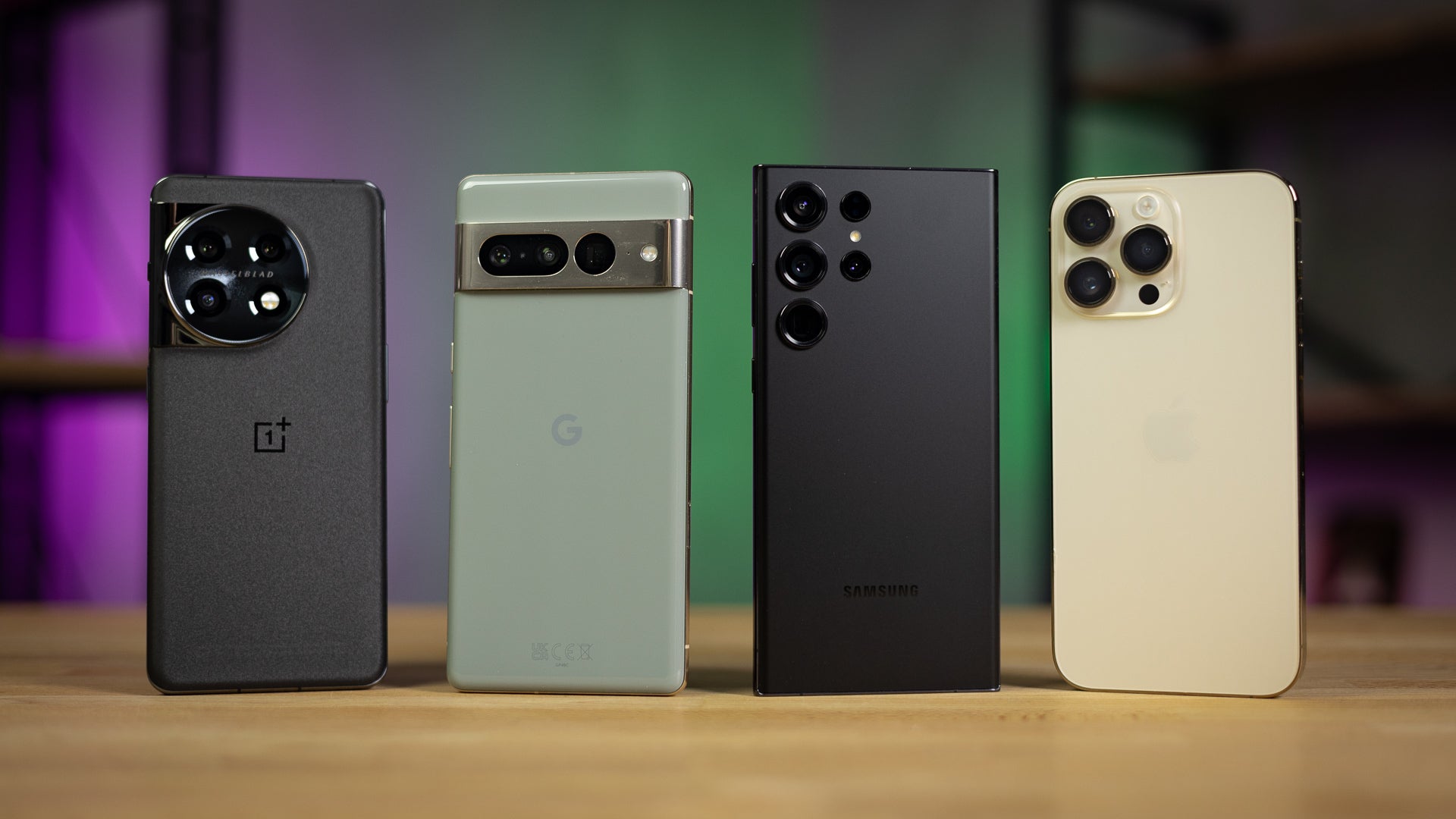
It’s really hard to deem a clear winner, as all are pretty capable and deliver mostly similar results. Honestly, that's definitely the case here: aside from the Galaxy S23 Ultra's zooming capabilities, the rest of the differences boil down to small differences in image processing that are definitely an acquired taste and mostly subjective. Declaring a single winner would be impossible, as all the phones we tested are perfectly capable in most of the tests. Thus, any of these will serve photography neophytes and advanced shutterbugs quite well.
It's finally so refreshing to witness that most flagships available in the US are all so capable, so you are mostly free to choose whichever device you want without worrying that you might be missing something on the photography front. Of course, the Galaxy S23 Ultra is currently the exception, with its 10X periscope yet to be matched by a rival on the US market.
The Galaxy S23 Ultra is once again shaping up as the most adept and versatile phone in this comparison. With excellent dynamics, great colors, and powerful zooming capabilities, this one is likely the phone you'd want to take with you on a photography-heavy trip. However, it might often go too overboard with the intensity and vibrancy of the colors, which could give off an unrealistic look.
The iPhone 14 Pro Max is also quite potent. While there's still lots of unrealized potential with the new camera sensor, the iPhone is still an extremely reliable cameraphone that seemingly delivers consistent results in all kinds of scenarios.
Follow us on Google News





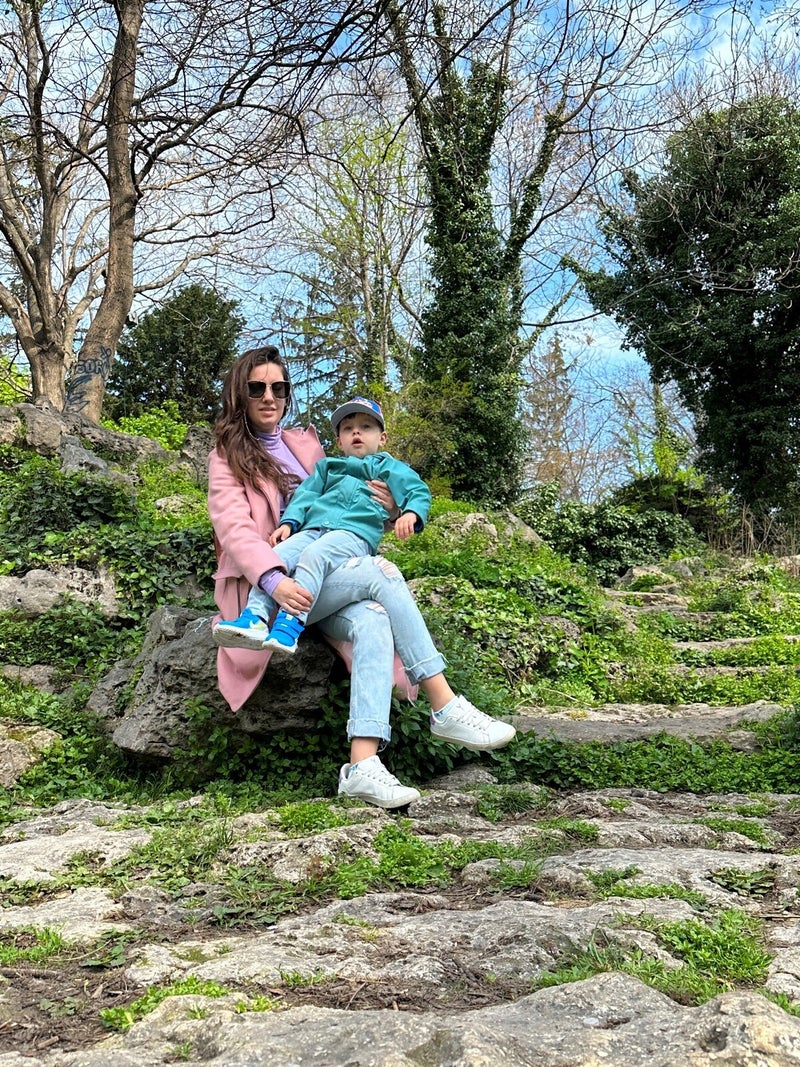

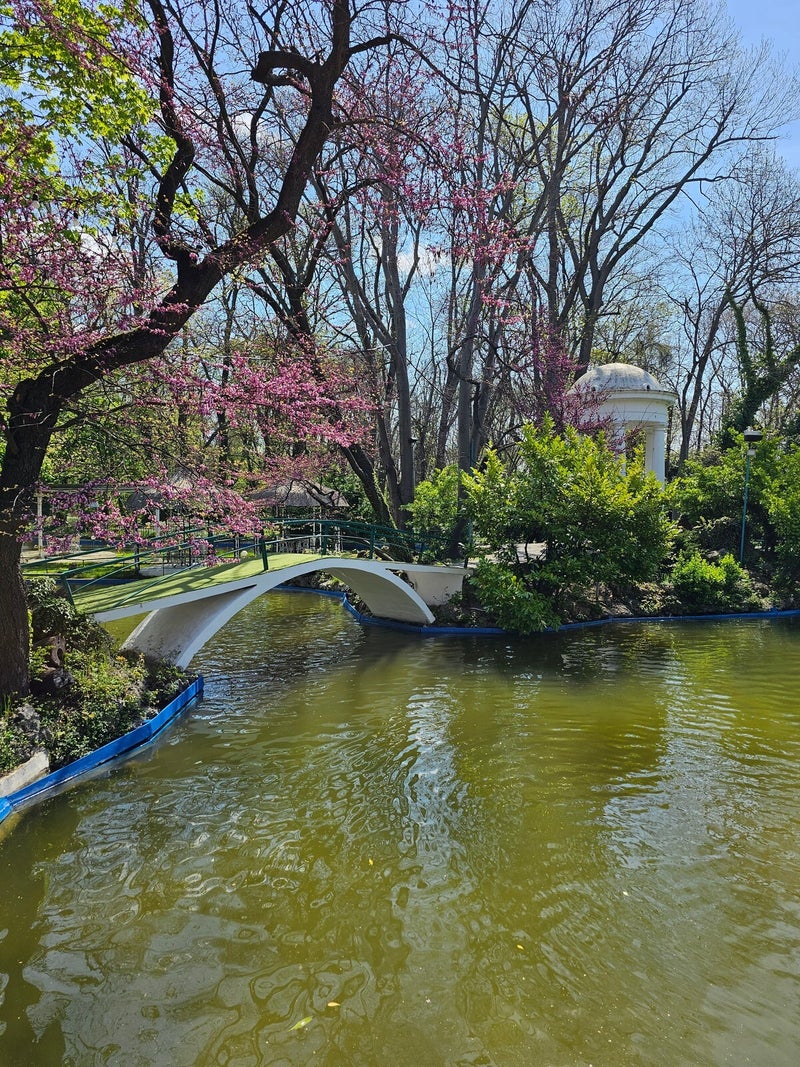


















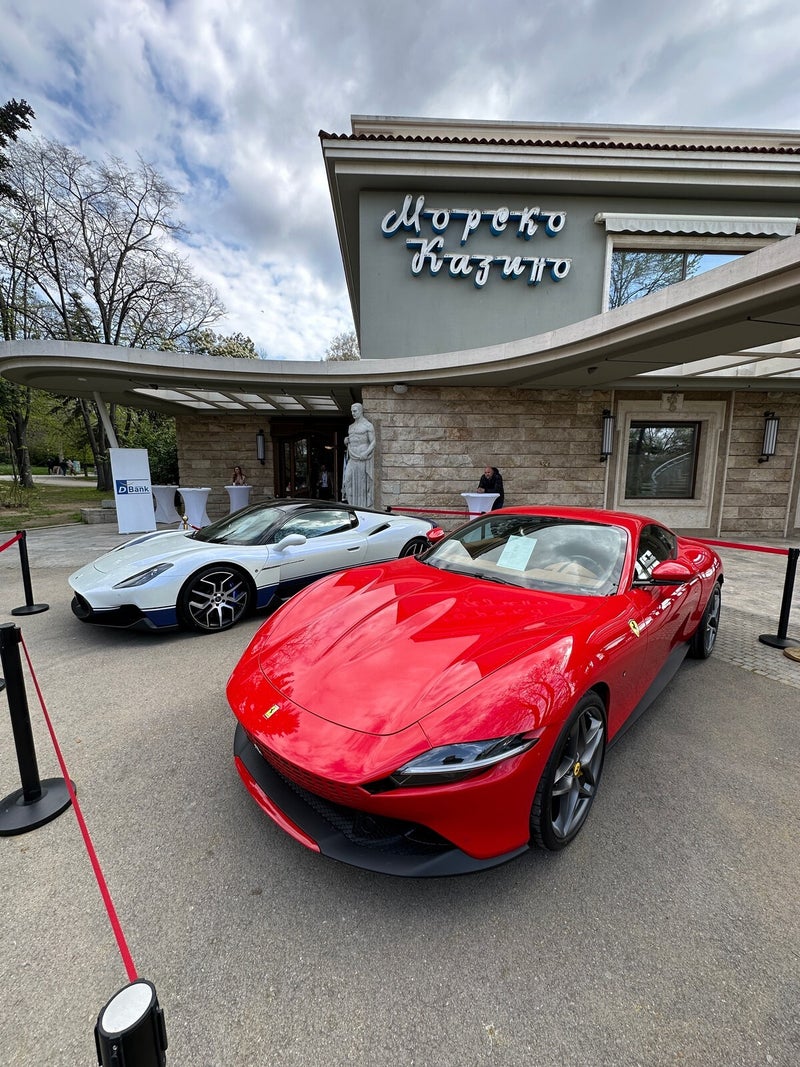






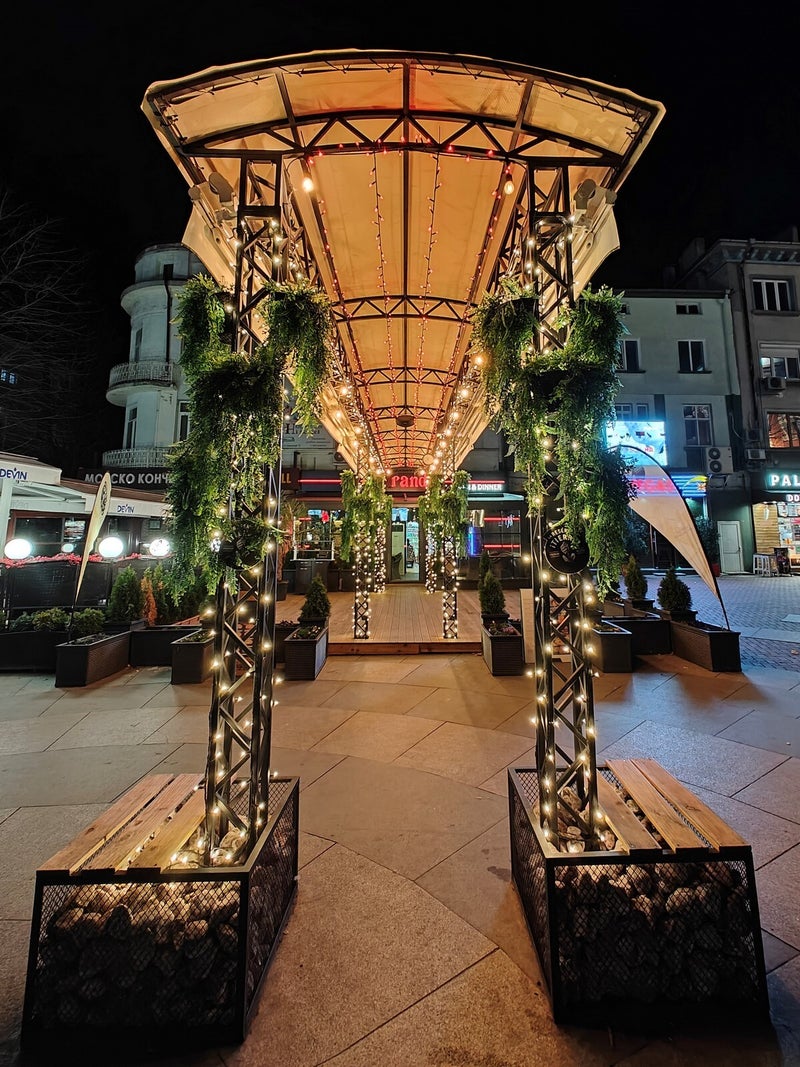





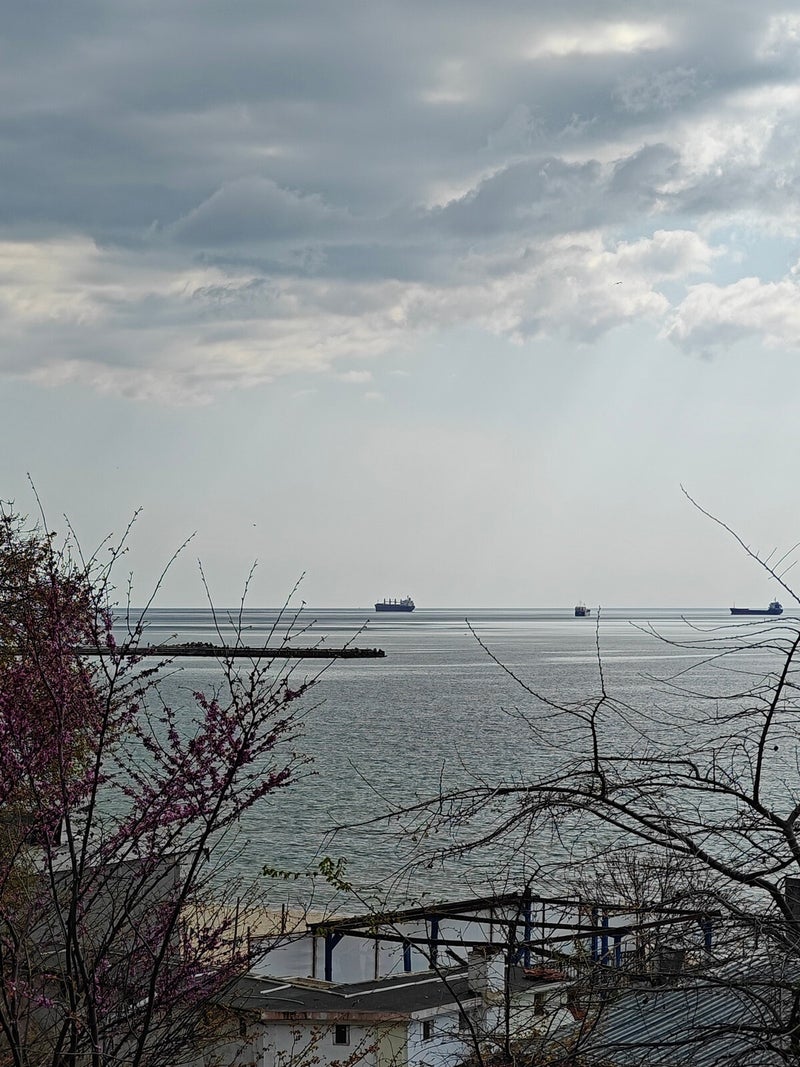













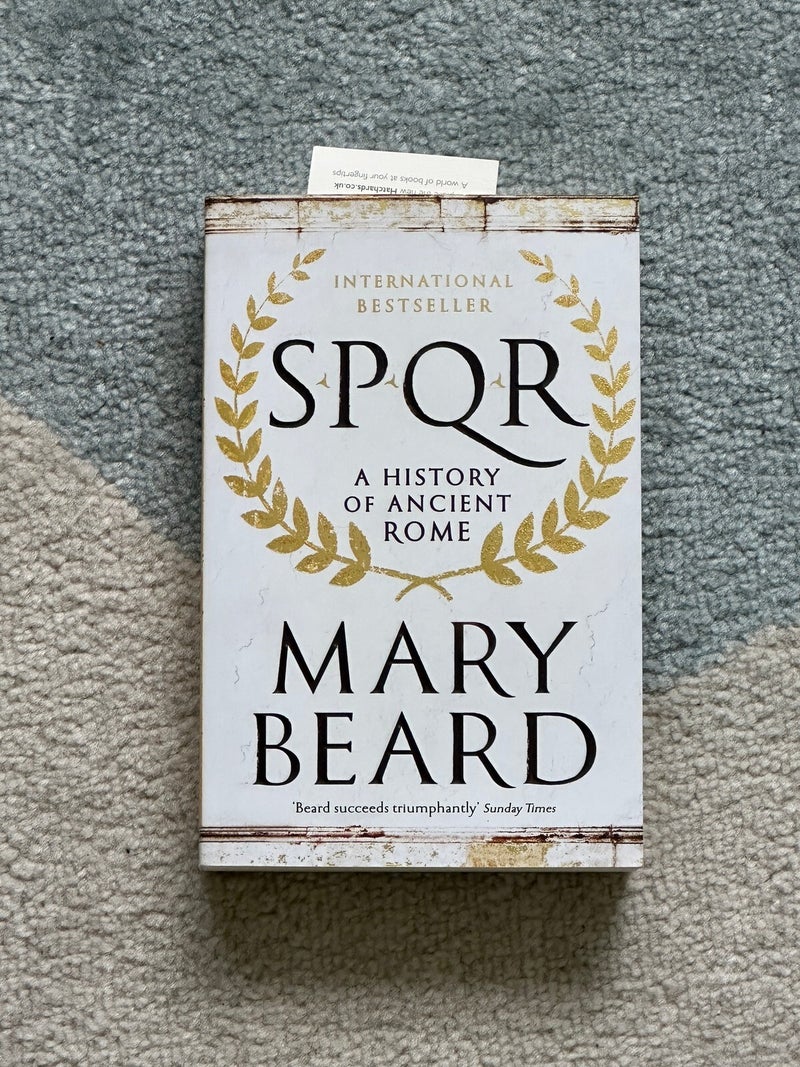
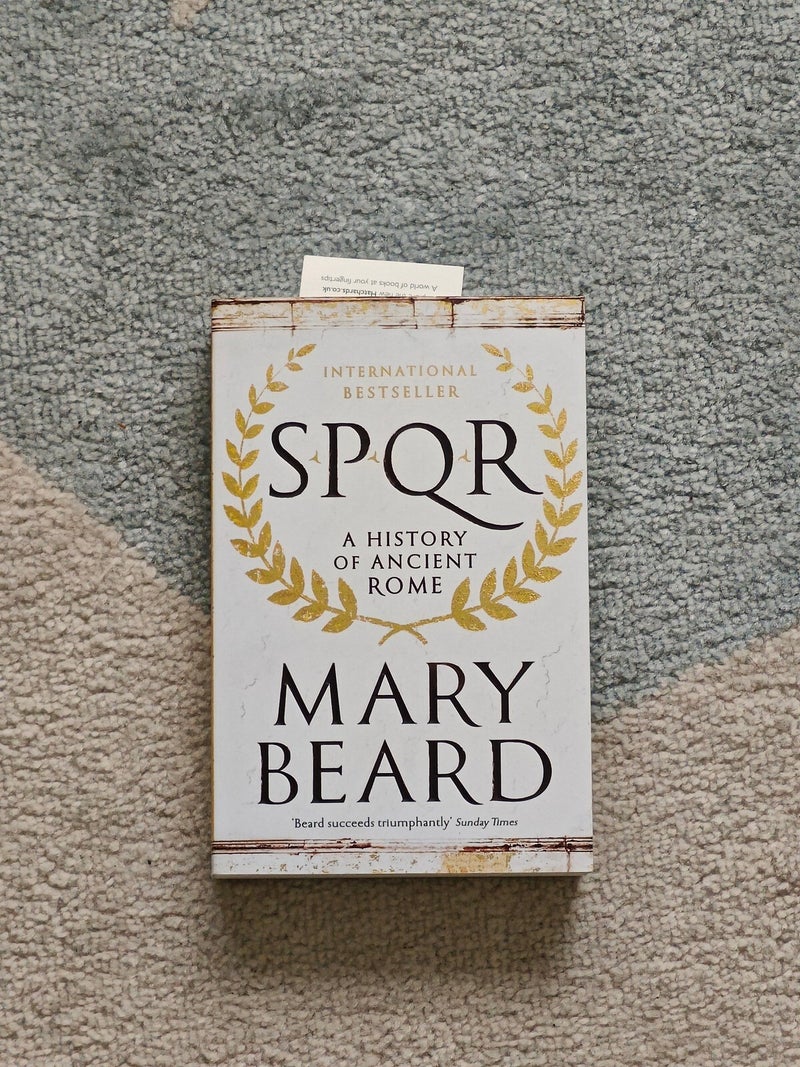




























Things that are NOT allowed:
To help keep our community safe and free from spam, we apply temporary limits to newly created accounts: